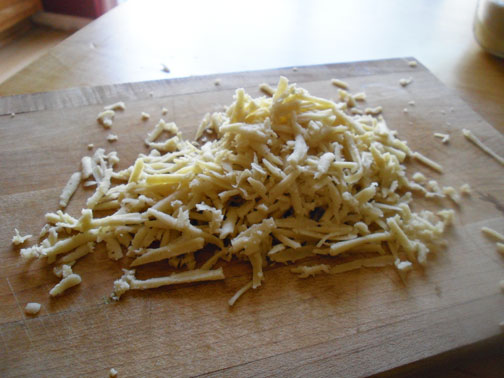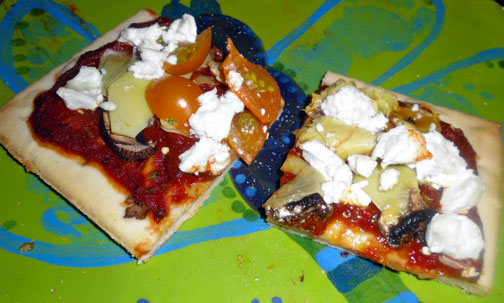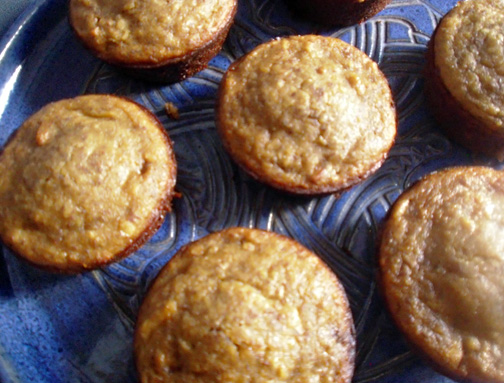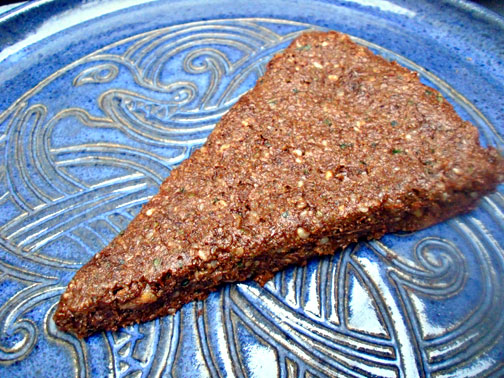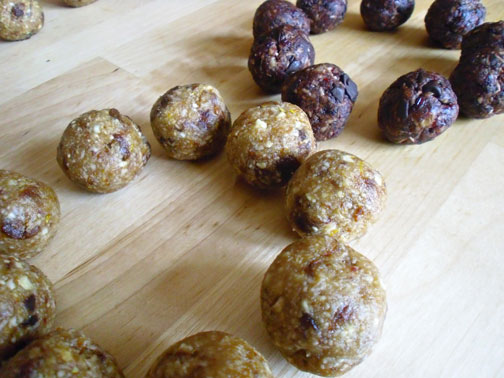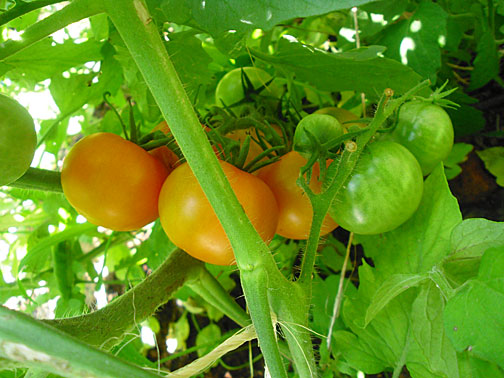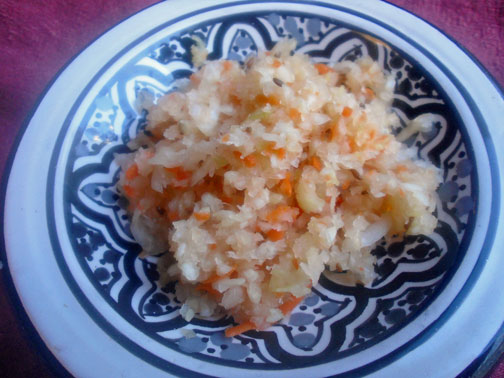
Sauerkraut
I have to admit I have never liked sauerkraut. I don’t even like looking at it most of the time, much less smelling it! My husband’s family serves it every year at Thanksgiving after they’ve cooked it for hours in a crock pot. It is very brown and limp looking and I simply can’t stand the smell.
I don’t think I ever ate it as a child, but remember trying it at some point and just not liking it. So I guess you can say that my faint memories combined with my present reality during Thanksgiving has put a damper on trying to make my own lacto-fermented sauerkraut.
One thing I knew before I decided to give it a go is it would be different from my inlaw’s version because you don’t cook it. And after continued praise of this culinary concoction from countless resources, I have finally given into giving it a try.
The main praise of lacto-fermented sauerkraut (along with other lacto-fermented veggies and fruits) is that is has beneficial bacteria, or naturally occurring probiotics, which are great for our digestion. Having a gut populated with billions of these beneficial bacteria are vital for everyone to have good digestion.
However, I have to say I wasn’t thrilled about making it. I love cooking. After I cook for my clients, I go home and create more things for my family to eat and enjoy. I have always loved this simple act of creating a nourishing meal and then sharing it with company.
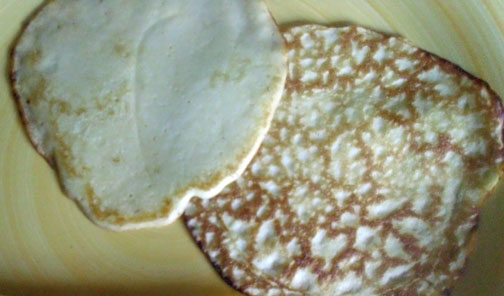
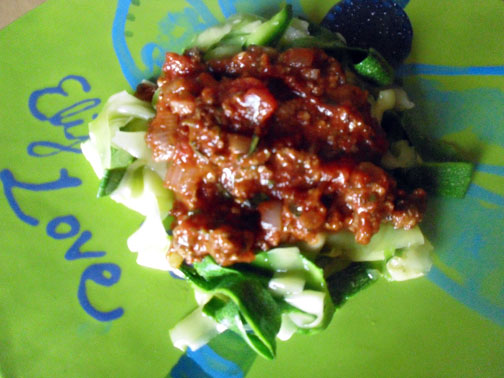


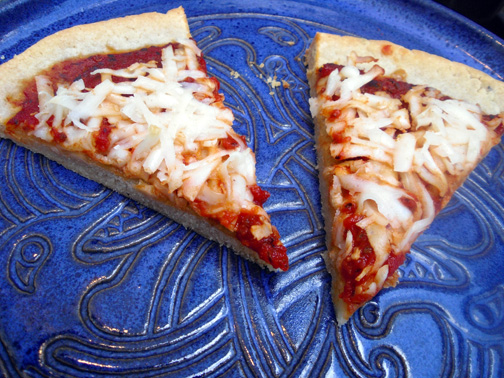
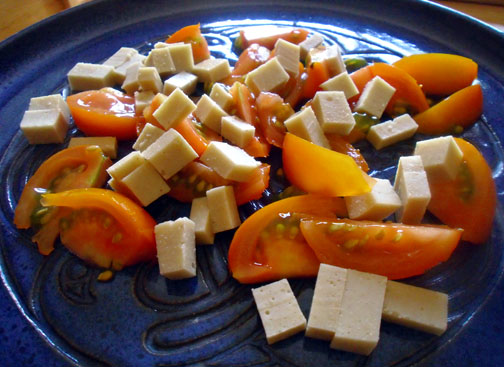 I feel like I am somewhat on a quest; a quest to find food that anyone can eat, no matter what their food restrictions may include. This is now my second attempt at a recipe for SLICE-ABLE and GRATE-ABLE, dairy-free, casein-free and soy-free cheese. Unfortuanately it doesn’t cover people with nut or cashew allergies, but hopefully many people can use and enjoy this recipe.
I feel like I am somewhat on a quest; a quest to find food that anyone can eat, no matter what their food restrictions may include. This is now my second attempt at a recipe for SLICE-ABLE and GRATE-ABLE, dairy-free, casein-free and soy-free cheese. Unfortuanately it doesn’t cover people with nut or cashew allergies, but hopefully many people can use and enjoy this recipe.